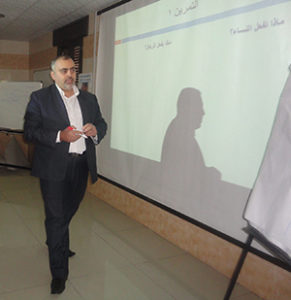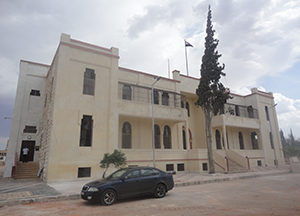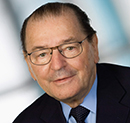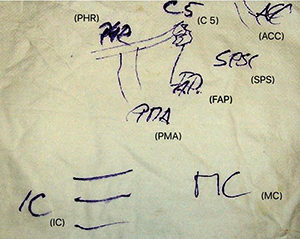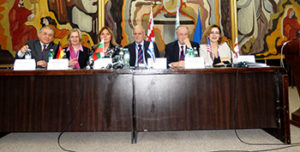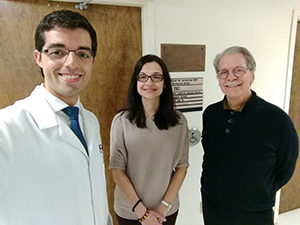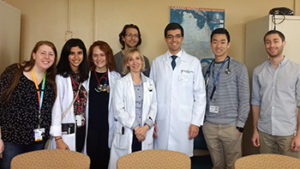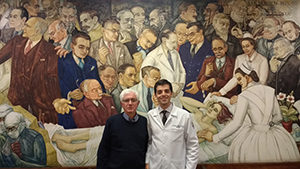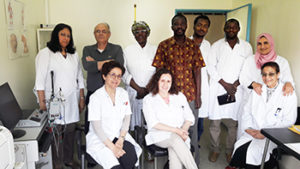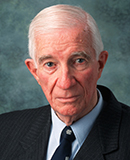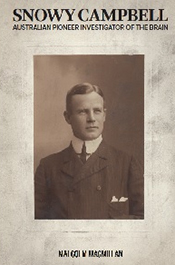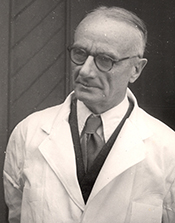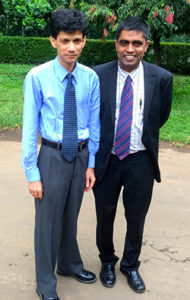The WFN Nominating Committee announces the candidates for the following positions. The Council of Delegates will vote during the WFN elections at the upcoming World Congress of Neurology in Kyoto, Japan.
President
- Professor William M. Carroll, Australia
- Professor Wolfgang Grisold, Austria
Vice President
- Professor Ryuji Kaji, Japan
- Professor Renato J. Verdugo, Chile
Elected Trustee
- Professor Riadh Gouider, Tunisia
- Professor Man Mohan Mehndiratta, India
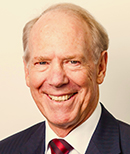
 This year’s World Brain Day commemorates the foundation of the WFN. The prior World Brain Day topics were aimed at epilepsy and dementia, and now it is aimed at stroke. We are partnering this time with the World Stroke Organization (WSO), which puts great global effort into the prevention and treatment of stroke.
This year’s World Brain Day commemorates the foundation of the WFN. The prior World Brain Day topics were aimed at epilepsy and dementia, and now it is aimed at stroke. We are partnering this time with the World Stroke Organization (WSO), which puts great global effort into the prevention and treatment of stroke.